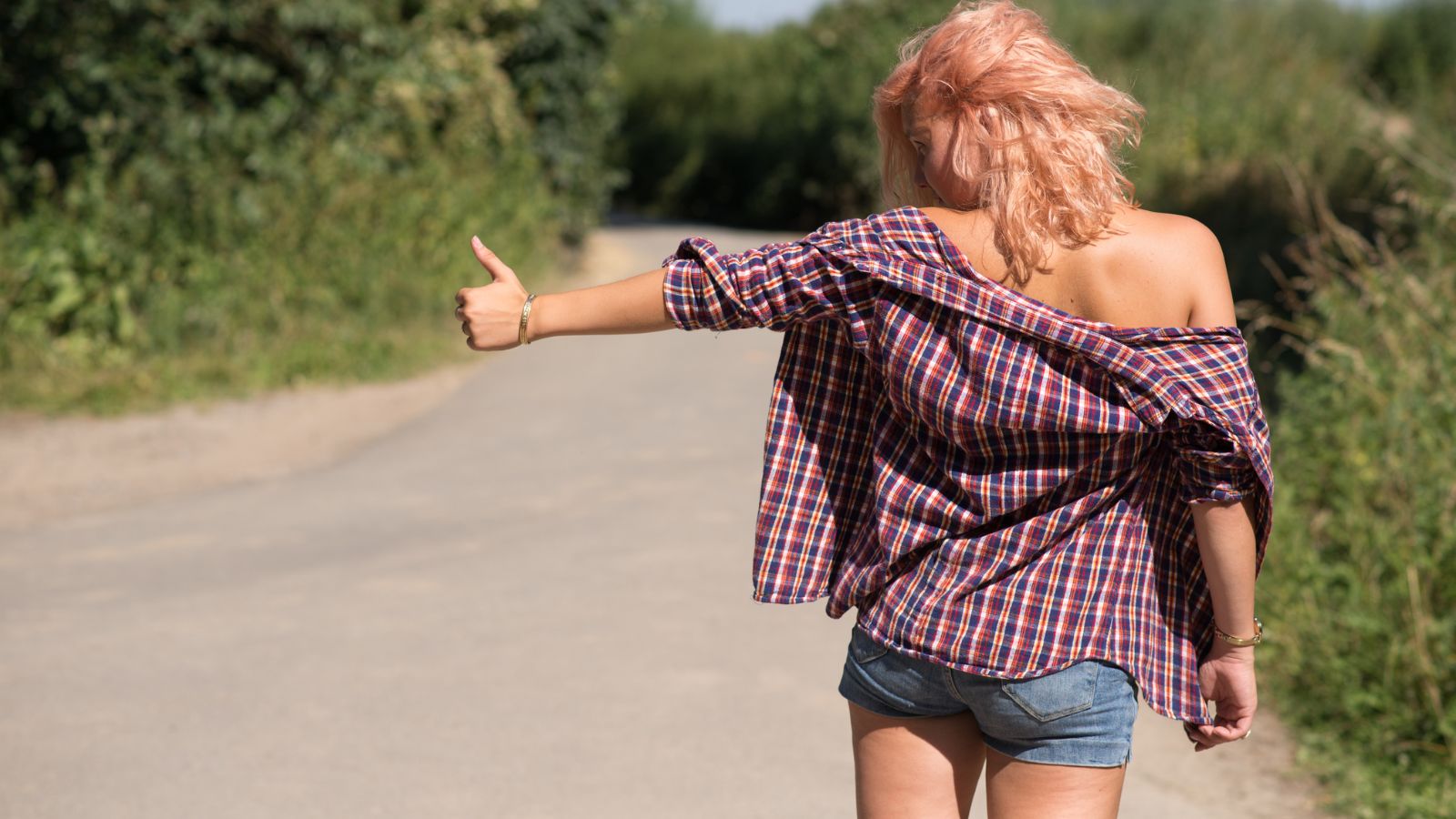Things change from one generation to the next, and where once things are acceptable, later they are no longer considered so. What looks strange from today’s perspective was commonplace in previous eras and generations.
Leeches

Not-so-modern medicine was limited just a few short generations ago. Leeches were a treatment form practiced by placing leeches on the skin. It was believed that they would drain blood, letting the toxins and poisons out of your body. It was largely a common practice in the medical field according to the National Library of Medicine to treat whatever ailed people.
Bathhouses
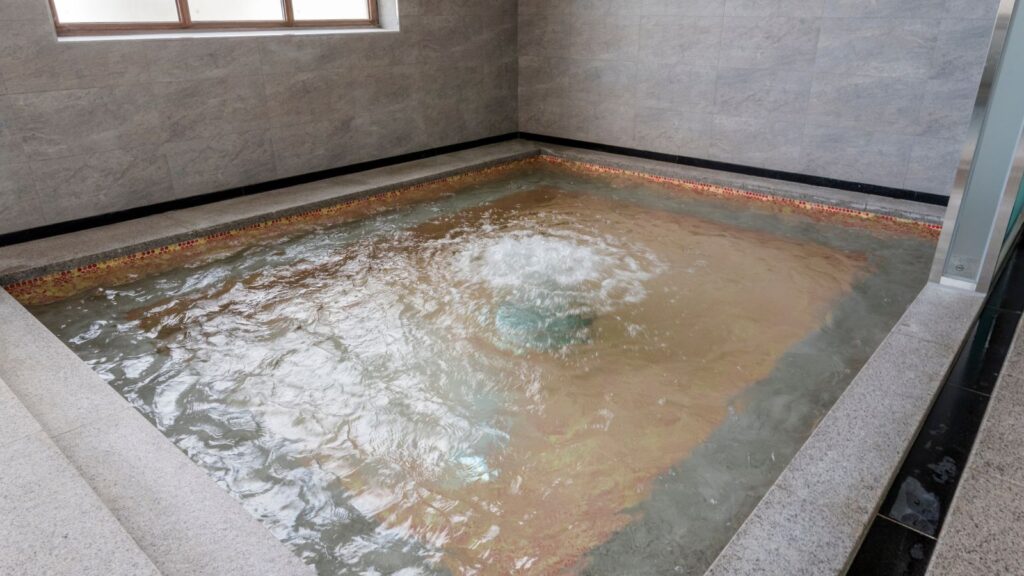
In medieval times, bathhouses were places where people would go to enjoy some social time with others. Bathhouses were a place to relax, rejuvenate, and bathe openly with other people in the community. Although some people do hang out at spas today, they are not seen as social places. They are seen as places to find solace and downtime.
Bloodletting
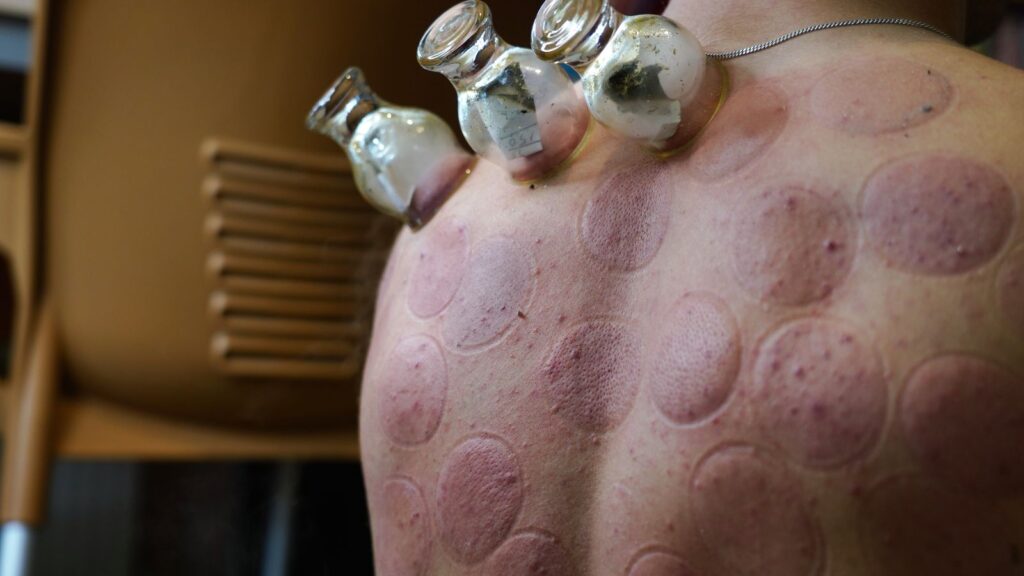
Bloodletting was a way that those in the 19th Century thought that you could cure people of a wide number of illnesses. The practice was meant to balance the “humors” of the body and lead to homeostasis, and, therefore, lead to a healthier body and mind.
Using Arsenic
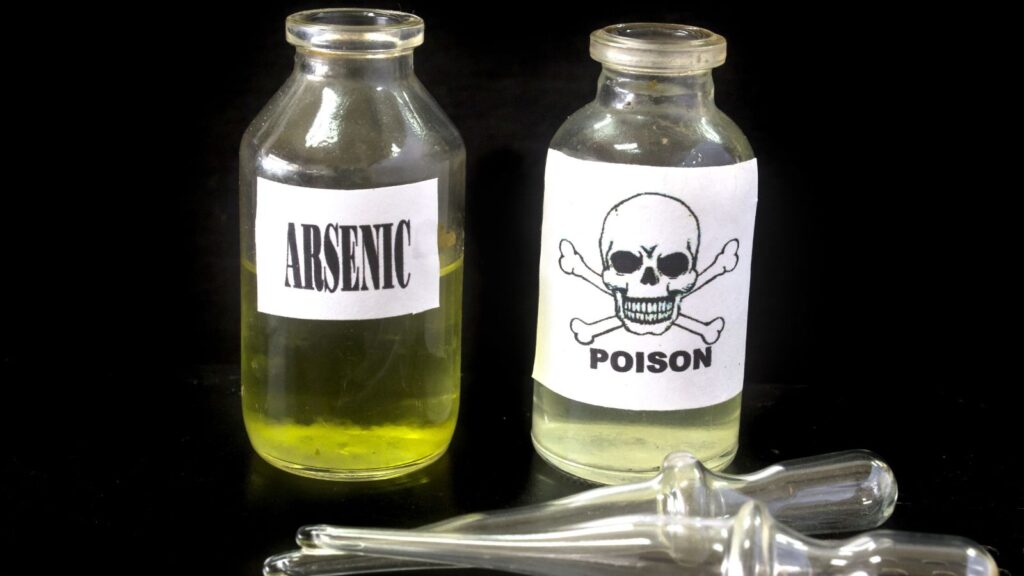
In the Victorian era, people were not aware that arsenic had a toxic effect on health. Many women would use arsenic on their skin in small amounts because it paled their complexion. They did not know that it was literally killing them.
Powered Wigs
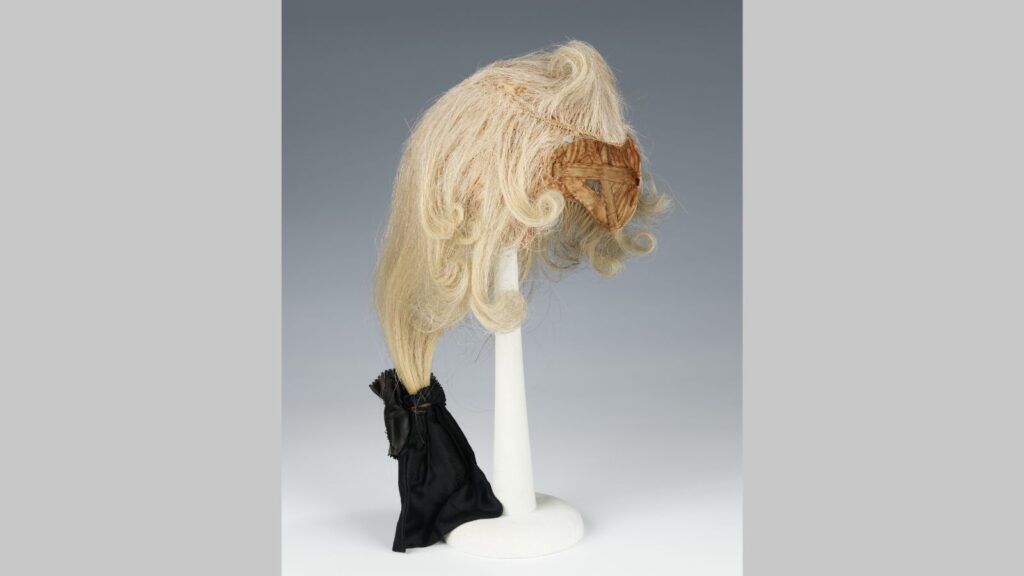
Showering was not something that you did every day in the 17th and 18th centuries. Headpieces were used to signal someone’s status. Those who had powered wigs were thought to have high status. Those who could afford it had expensive wigs made to disguise hair loss from health issues or things like syphilis.
Foot Binding
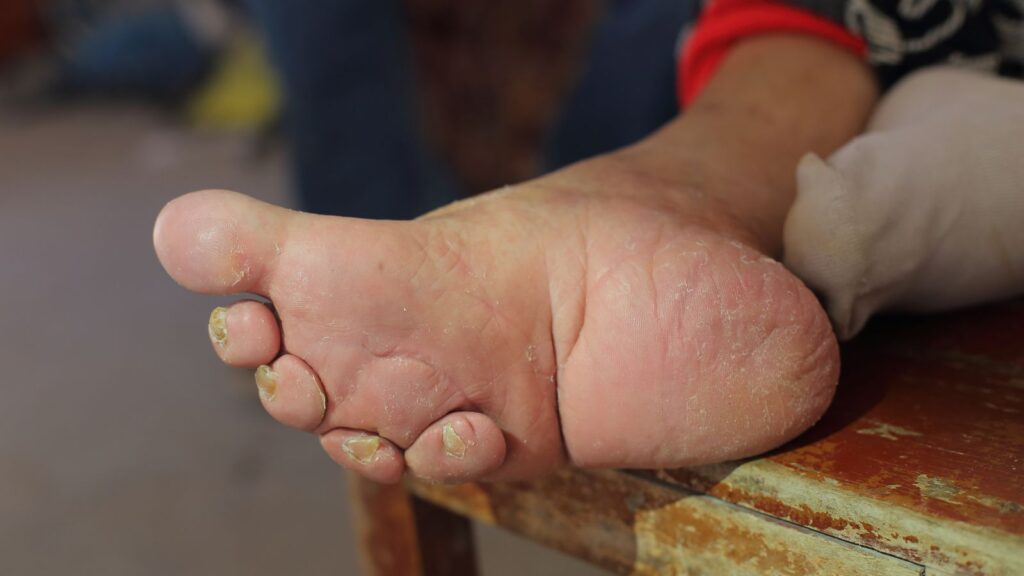
The Chinese culture has historically engaged in practices that would no longer be acceptable and foot binding is one of them. Foot binding was commonplace for women in China for over one thousand years and only became unacceptable in the 20th century. Young women wanted to have small and dainty feet, therefore, they would bind them tightly to disallow them from growing.
Seances

People believed that the living could communicate with the dead through the practice of seances and spiritualist rituals. Seances to talk to dead loved ones were not only common, they were also a form of entertainment and widely believed in.
Full Mourning
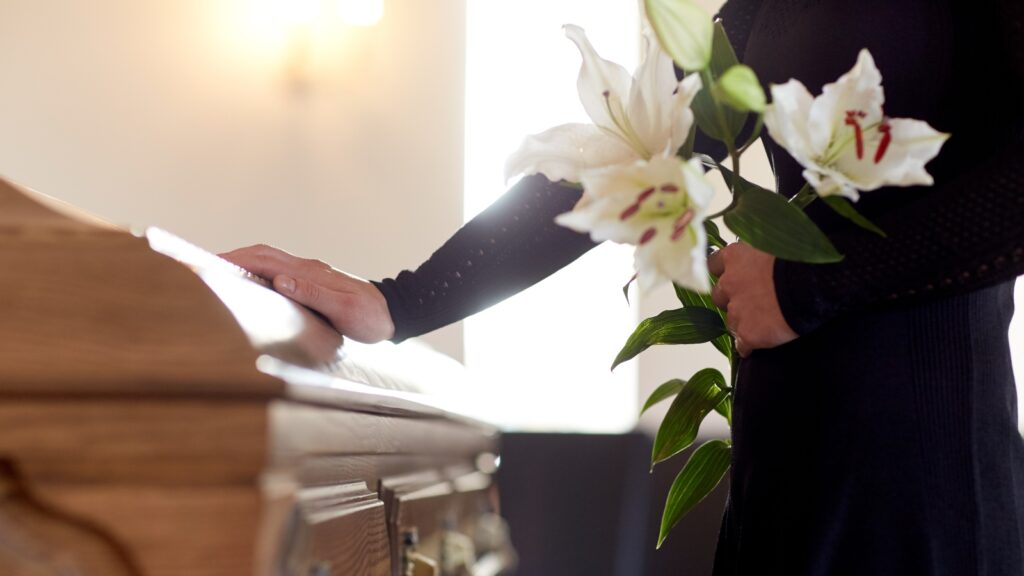
It is still somewhat customary to wear black for funerals, but in previous generations, wearing mourning clothing was something that was expected for up to two years after the loss of a spouse. Widows were required to wear black and veils for a mourning period depending on the era.
Coca-Cola as Medicine

When Coca-Cola first surfaced, it was not a popular drink, it was a medicinal tool. Coca-Cola used to be advertised as something to cure impotence, physical exhaustion, and headaches. Nowadays, people know Coca-Cola is not a medicinal tool.
Collecting Mummies
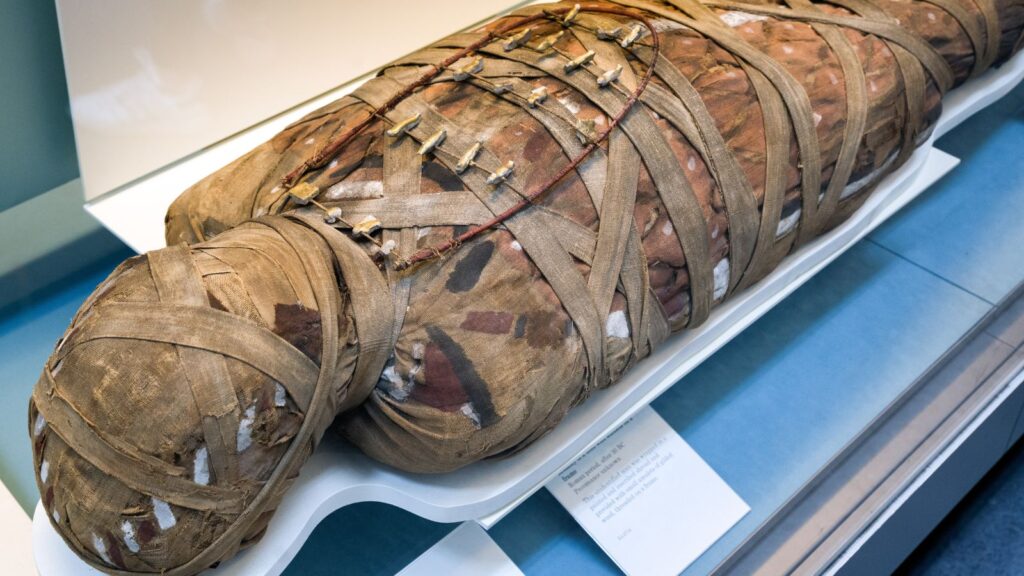
In the 19th century, some people collected mummies that they would unwrap during parties as a form of entertainment. Today, mummies are in museums to honor the tradition of ancestors, and unwrapping them is something that would be unfathomable in today’s world.
Ugly Laws

Ugly laws appeared in the late 19th and early 20th century. They were laws that prevented people who were handicapped or had other visible disabilities and abnormalities from showing themselves in public. Obviously, that would be highly unacceptable in today’s society.
Human Alarm Clocks

Before people carried around digital devices and cell phones, setting an alarm was not a thing. People would have the job of being human alarm clocks. They were called “knocker-ups” and they would go from door to door waking people by hand by knocking on their door.
Tapeworms for Weight Loss
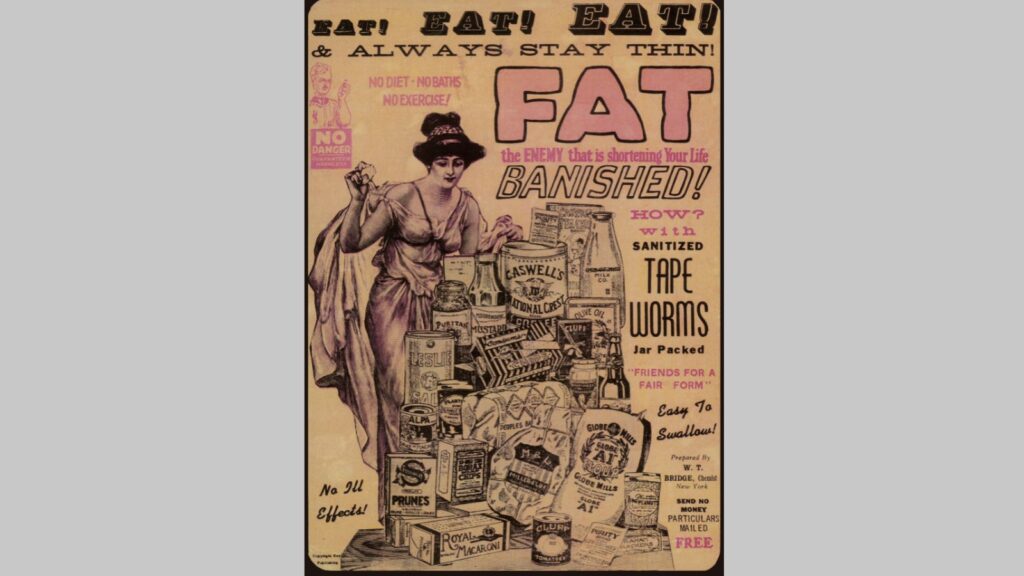
Weight loss issues have been a problem since the beginning of time. In the Victorian Era, women would ingest tapeworms to help curb their weight. They would take a pill that contained a tape word egg and then it would hatch internally. As it grew, women could eat more without gaining a pound.
Ice Boxes
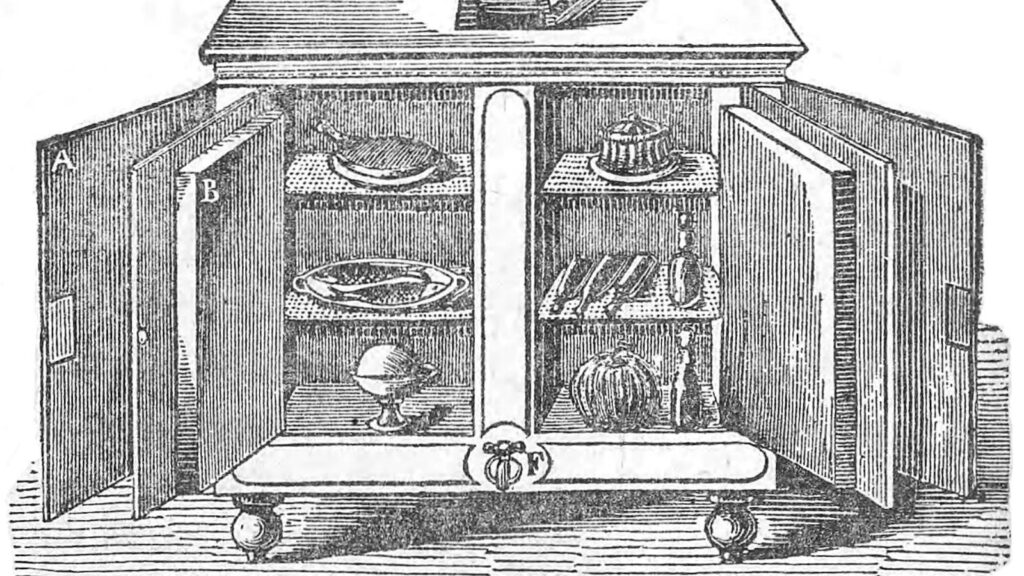
Before refrigeration, there was something called the “ice box.” It was a literal box that had a compartment that would hold ice. They were the first form of refrigerators and people would deliver ice regularly to make sure that food didn’t spoil.
Nosegays

Before modern plumbing and waste facilities, many towns and cities were not pleasant to be around and noxious. People in other generations made nosegays that were meant to mask the horrible odors that something permeated the streets. They were made as little bouquets of flowers that were meant to guard your nose.
Dueling
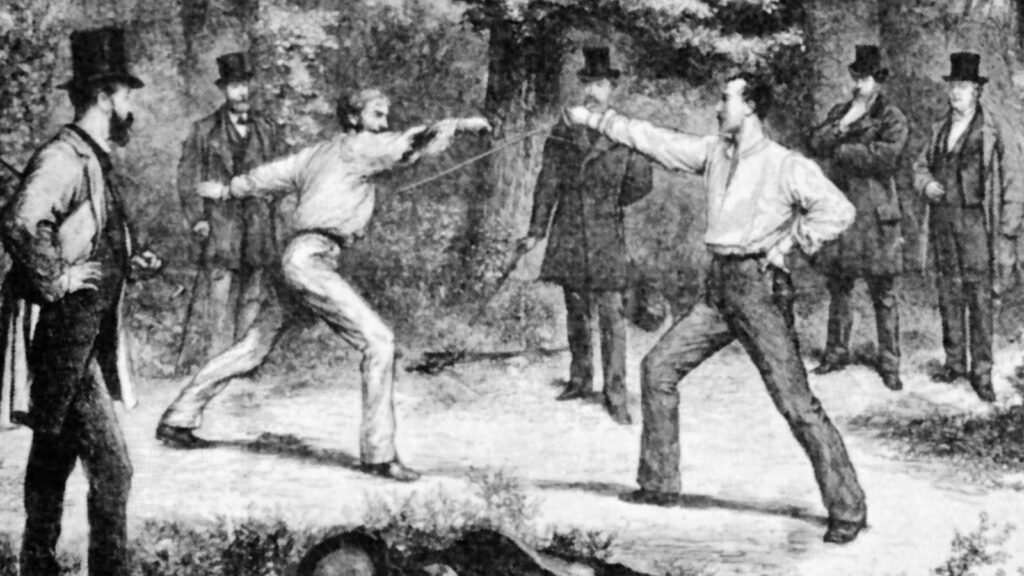
If someone attacked your honor in the 19th Century, it was not uncommon to declare a duel as a way to resolve conflict. Dueling is no longer seen as a reasonable way to settle a dispute. It was a violent practice that would no longer be acceptable in today’s age.
Sending Kids Through the Mail
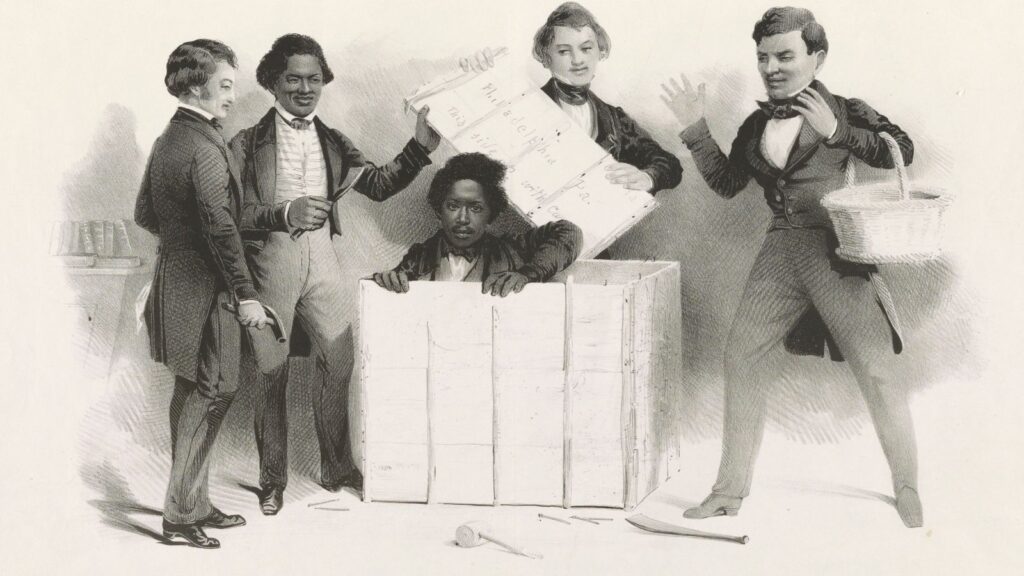
At the beginning of the 20th century, not only was it legal to send children through the mail, but it was also considered common practice. Kids would have a stamp on their clothes with the delivery address and were sent off to see family, friends, and other people all on their own.
Jewelry Made From Hair
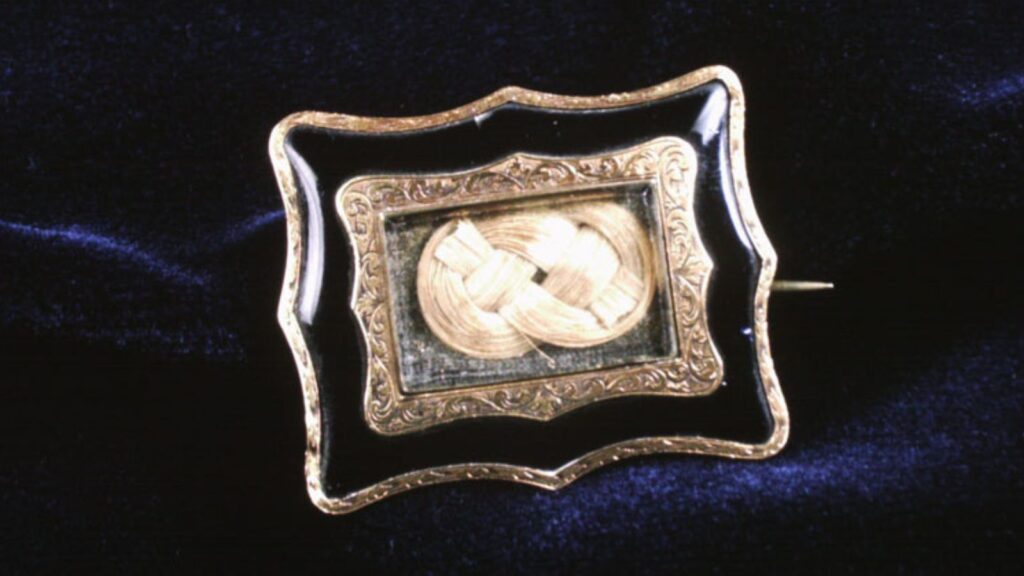
When someone in the Victorian Era passed away, it was commonplace for their ancestors to take a lock of their hair and make jewelry from it. Wearing jewelry made from a loved one’s hair was a way of honoring family members and friends who had passed on. That is not something that most would consider doing today.
Rituals Don’t Always Last

Most of the things that we do as a society, we do so out of rituals. As science progresses, a lot of things that humans do become outdated. Not everything that is acceptable at one point in history is at another point. Many of the traditions of the past are left there.
18 Behaviors Branded as Low-Class by Society
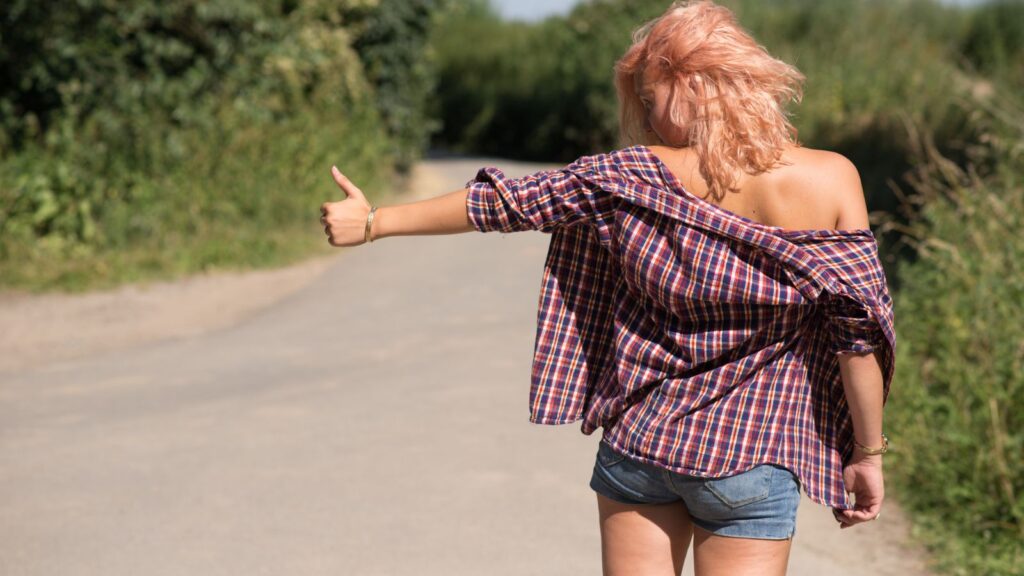
18 Behaviors Branded as Low-Class by Society
18 Reasons Gen Z Believes They Should Be Paid Without Working

18 Reasons Gen Z Believes They Should Be Paid Without Working
18 Ways Parents Raise Failed Adults

18 Ways Parents Raise Failed Adults
18 Work Practices Millennials & Gen Z Refuse to Accept
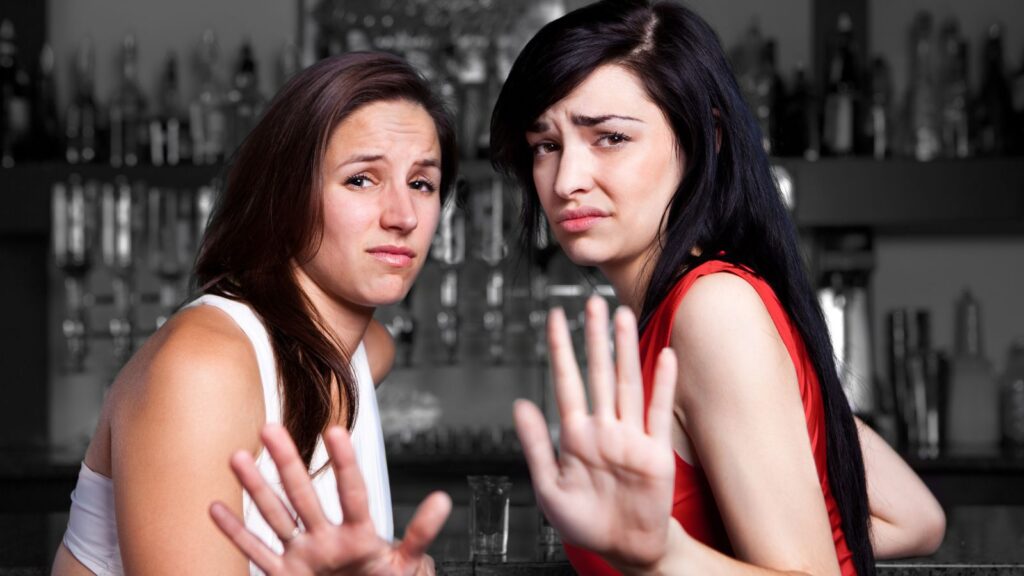
18 Work Practices Millennials & Gen Z Refuse to Accept
23 Personal Topics You Should Never Share With Others

